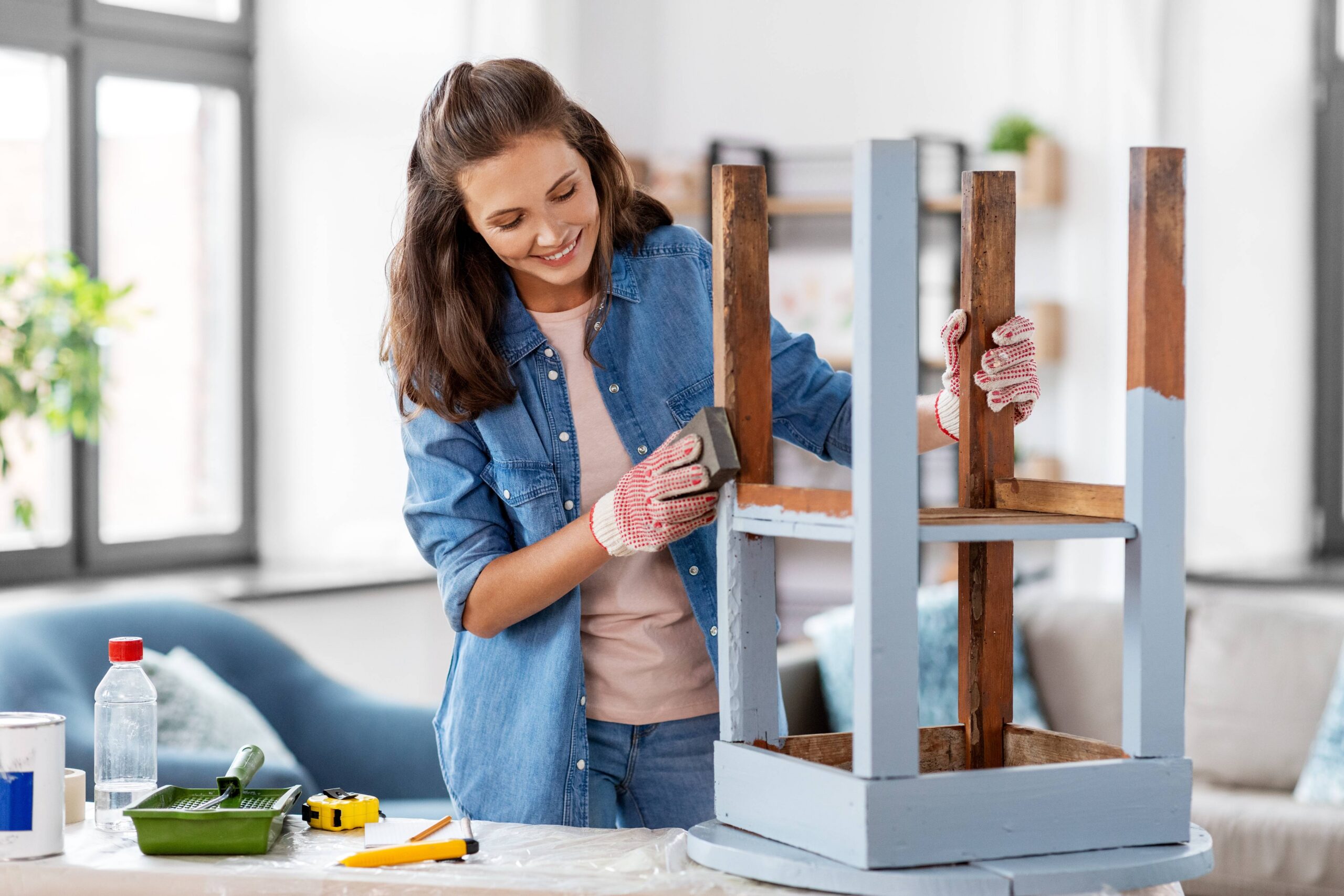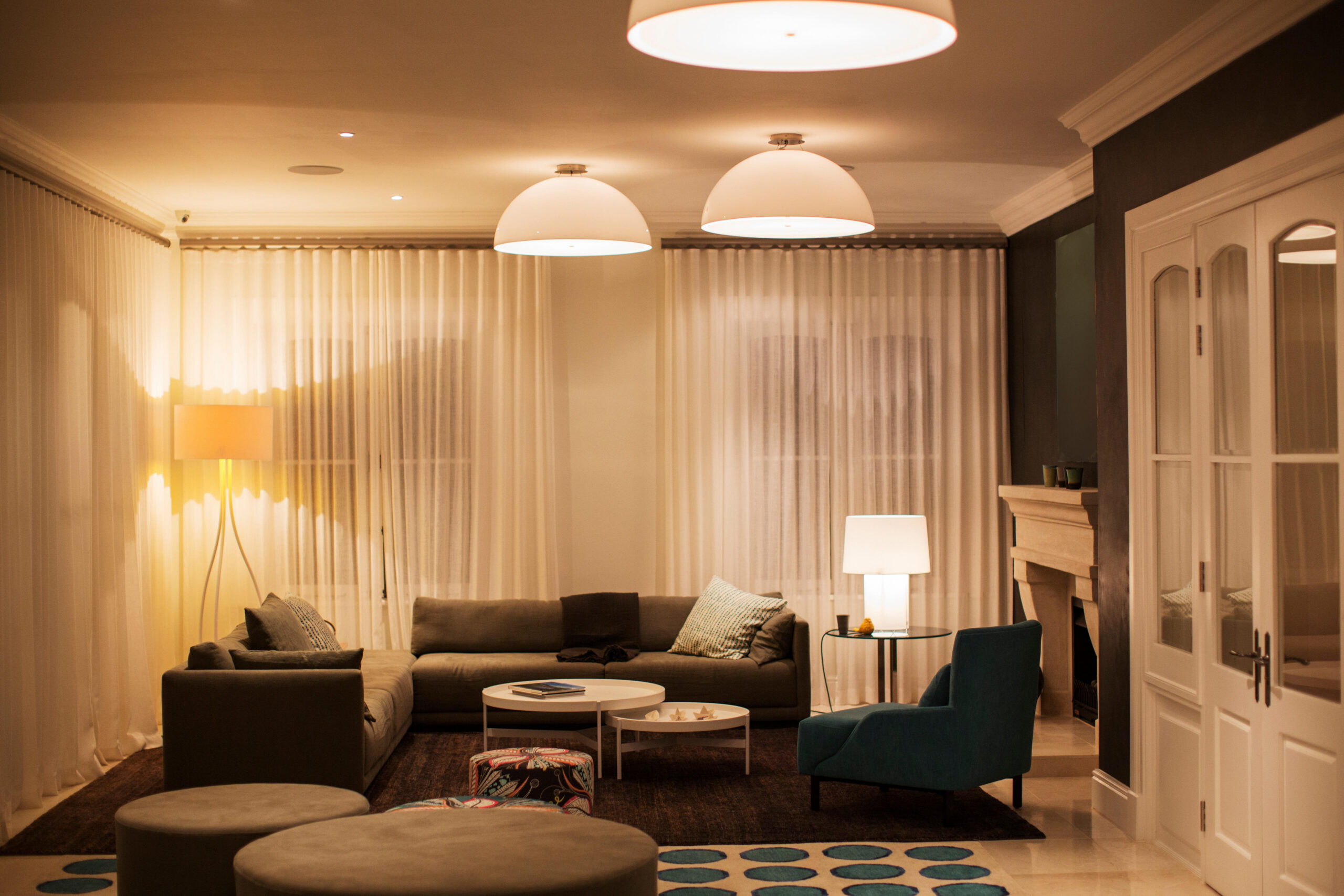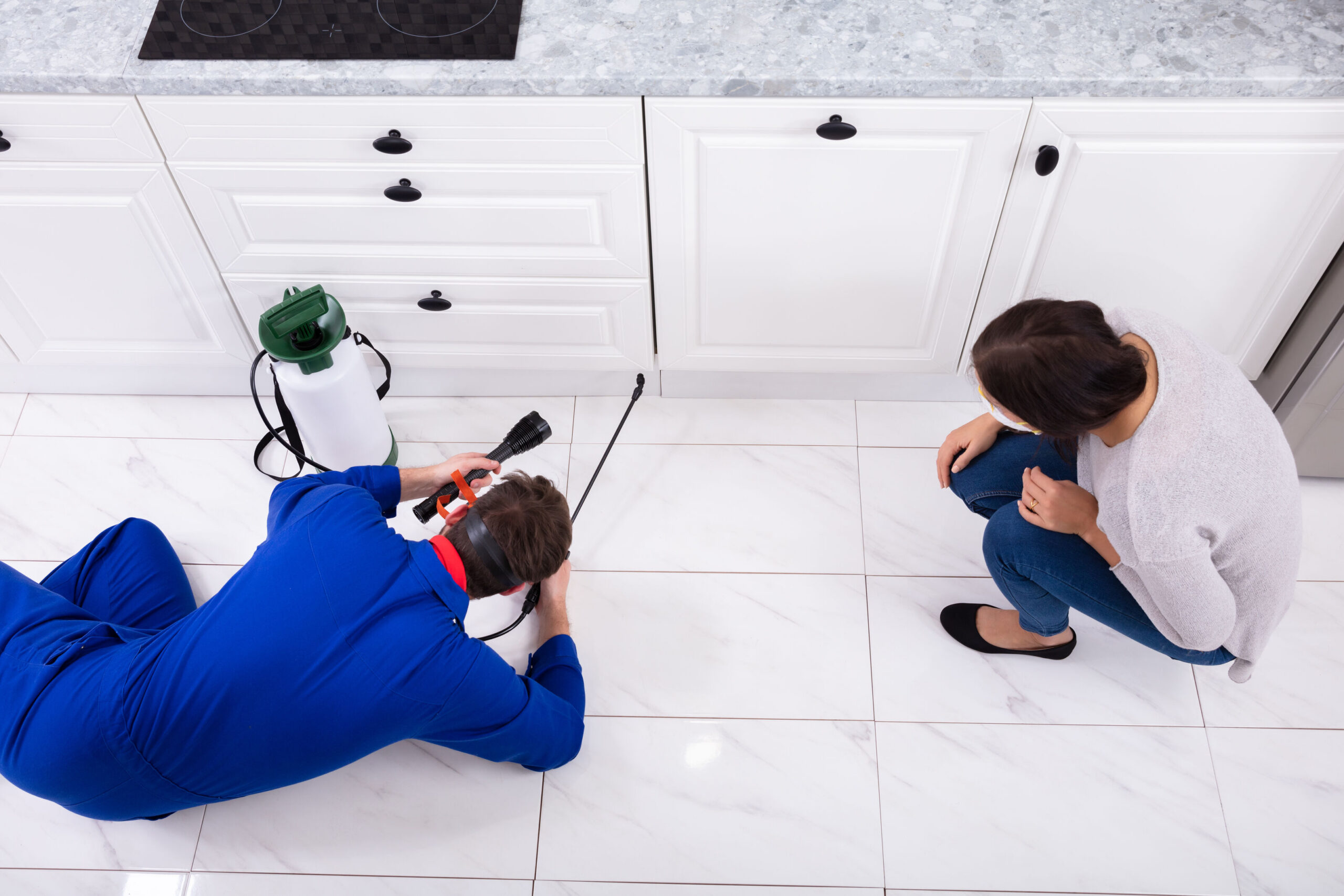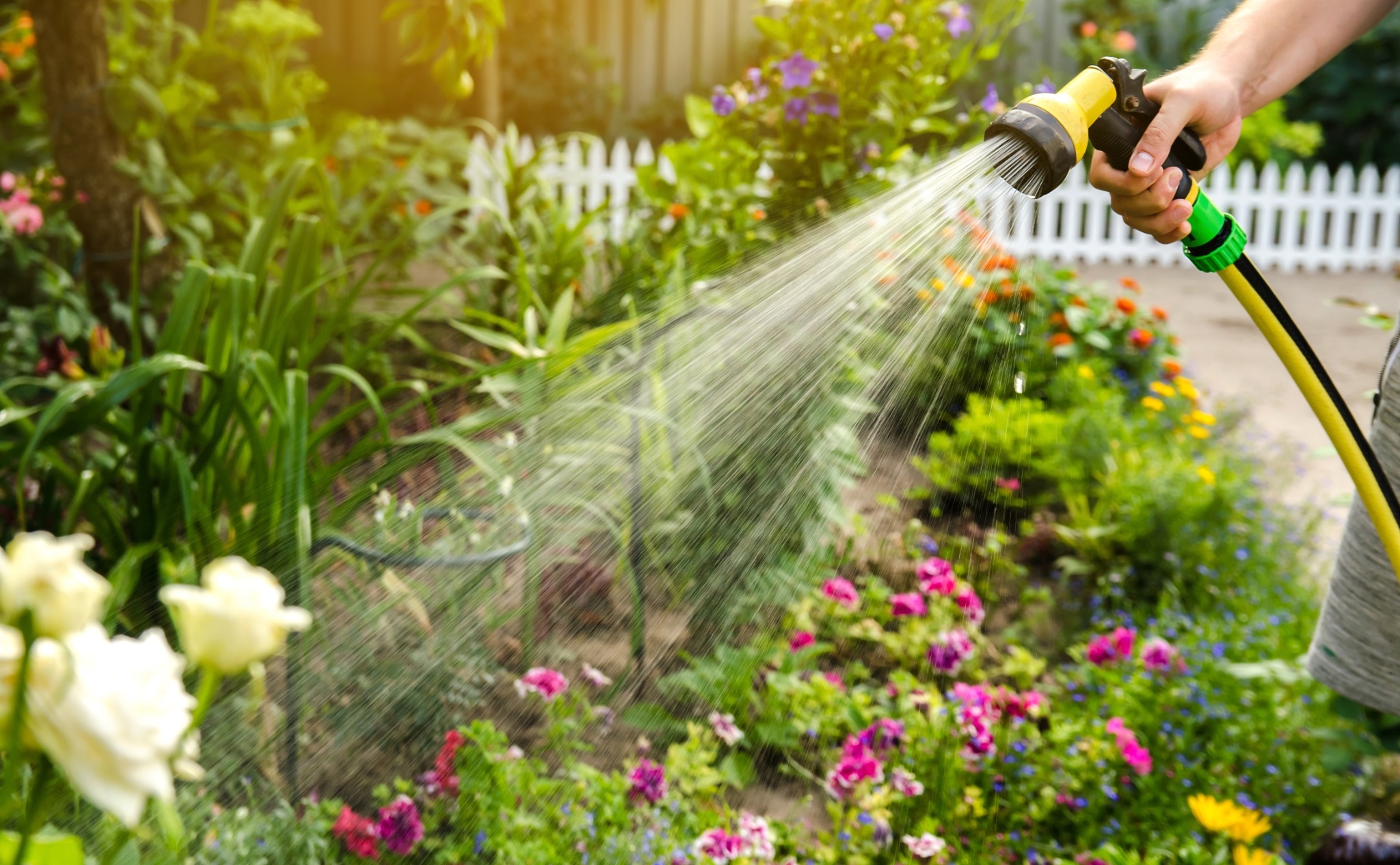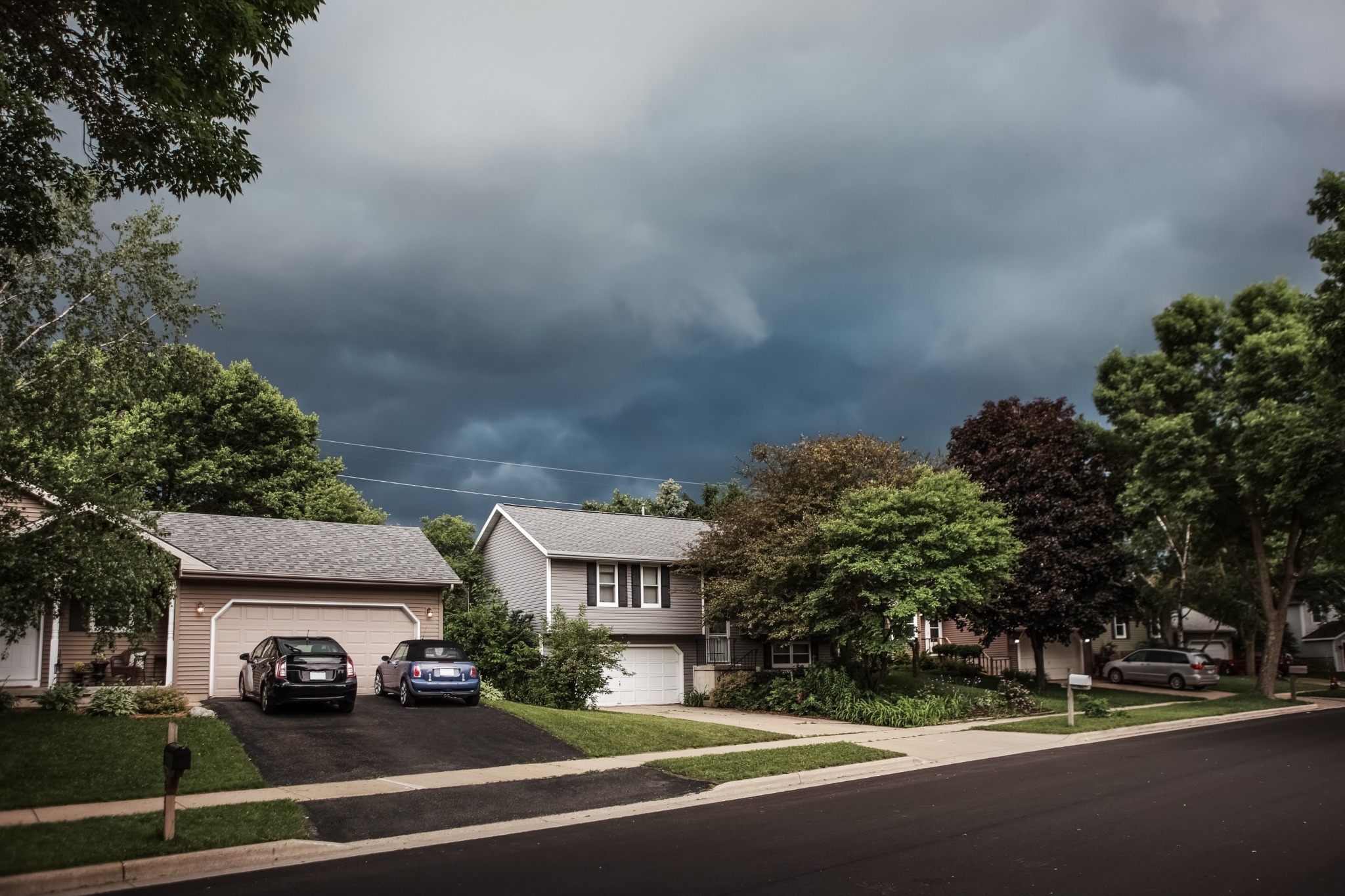Table of Contents
Fireplace and Chimney Safety Tips: Prevent Carbon Monoxide Risks
Nothing beats the cozy feeling of a crackling fire on a cold winter’s night. But keeping your fireplace and chimney in good shape isn’t just about comfort—it’s a key step in protecting your family from dangerous carbon monoxide buildup.
Find out how simple, affordable maintenance can keep your home safe, warm, and worry-free this winter.
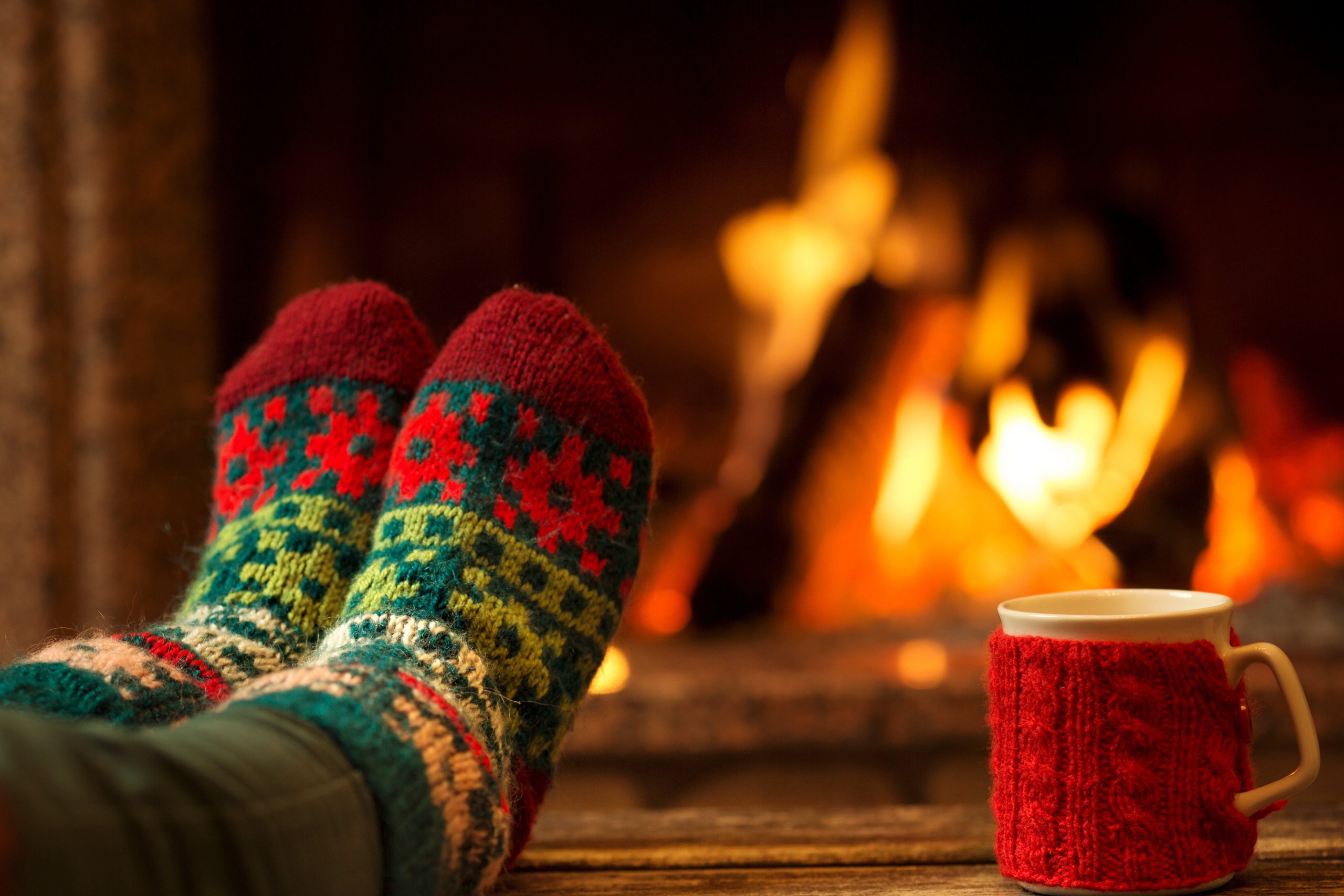
Why Carbon Monoxide Safety Matters
Carbon monoxide (CO) is a colorless, odorless gas that can be deadly if it builds up inside your home. Fireplaces, wood stoves, and gas logs are all potential sources if they aren’t properly maintained.
Some signs of carbon monoxide exposure include:
- Headaches
- Dizziness
- Nausea
- Confusion
Since you can’t see or smell it, prevention is your best defense. Regular fireplace and chimney care is essential to keeping your home safe and CO-free.
Schedule an Annual Chimney Inspection
One of the best ways to prevent carbon monoxide problems is by having your chimney inspected every year by a certified professional.
- Check for Blockages: Creosote buildup, bird nests, and debris can block airflow and cause dangerous gases to back up into your home.
- Spot Structural Issues: Cracks, gaps, or crumbling mortar can allow carbon monoxide to leak into living spaces.
- Test Flue Operation: A properly working flue lets smoke and gases exit safely. A stuck or broken flue is a serious hazard.
Even if you don’t use your fireplace often, regular inspections are crucial to making sure it’s safe when you need it.
Clean Your Chimney Regularly
Soot and creosote buildup not only increase the risk of chimney fires but also block the proper venting of gases.
- DIY Light Cleaning: If you’re comfortable, you can use a chimney brush to remove light soot yourself.
- Professional Sweeps: For heavy buildup or hard-to-reach spots, hire a certified chimney sweep. It’s an affordable investment in your family’s safety.
- After Every Cord of Wood: If you use your fireplace heavily, plan to clean the chimney after every cord (about a stack 4 feet high, 8 feet long, and 4 feet deep) of wood burned.
Keeping the flue clear is critical for allowing carbon monoxide to escape properly.
Always Burn the Right Materials
What you burn in your fireplace has a huge impact on safety.
- Only Burn Dry, Seasoned Wood: Wet or green wood produces more creosote and smoke.
- Avoid Painted or Treated Wood: These can release toxic chemicals.
- Never Burn Trash: Paper, plastics, and other household waste can create dangerous fumes and clog your chimney.
Burning clean, proper fuel not only keeps your fire burning better but also reduces harmful emissions inside your home.
Install Carbon Monoxide Detectors
Even with the best maintenance, you should have a backup safety plan.
- Place Detectors Properly: Install at least one CO detector near sleeping areas and one on every level of your home.
- Test Monthly: Make sure alarms are working properly, and replace batteries twice a year.
- Know the Signs: If an alarm sounds, leave your home immediately and call emergency services.
A working carbon monoxide detector can be a literal lifesaver.
Use Fireplace Doors and Screens
Controlling the airflow around your fireplace is important for safe operation.
- Glass Doors: These help regulate combustion and prevent backdrafts that could push CO into your home.
- Screens: While screens mainly prevent sparks from flying out, they also allow proper airflow if you’re using an open-hearth fire.
Proper equipment helps your fire burn cleaner and vent more safely.
Pay Attention to Drafting Problems
If smoke spills back into your room when you light a fire, that’s a red flag.
- Prime the Flue: Before lighting a fire, open the damper and hold a lit rolled-up newspaper in the flue for a few minutes to start an upward draft.
- Crack a Window: Sometimes modern, airtight homes need extra airflow to help the chimney draft properly.
Poor drafting can lead to dangerous levels of carbon monoxide indoors.
Wrapping It Up
A cozy fire should bring warmth and joy to your home—not risk your health. By keeping your fireplace and chimney in top shape and taking a few simple precautions, you can protect your family from the hidden dangers of carbon monoxide.
Look into these easy maintenance tips now to stay safe, warm, and worry-free all winter long.
